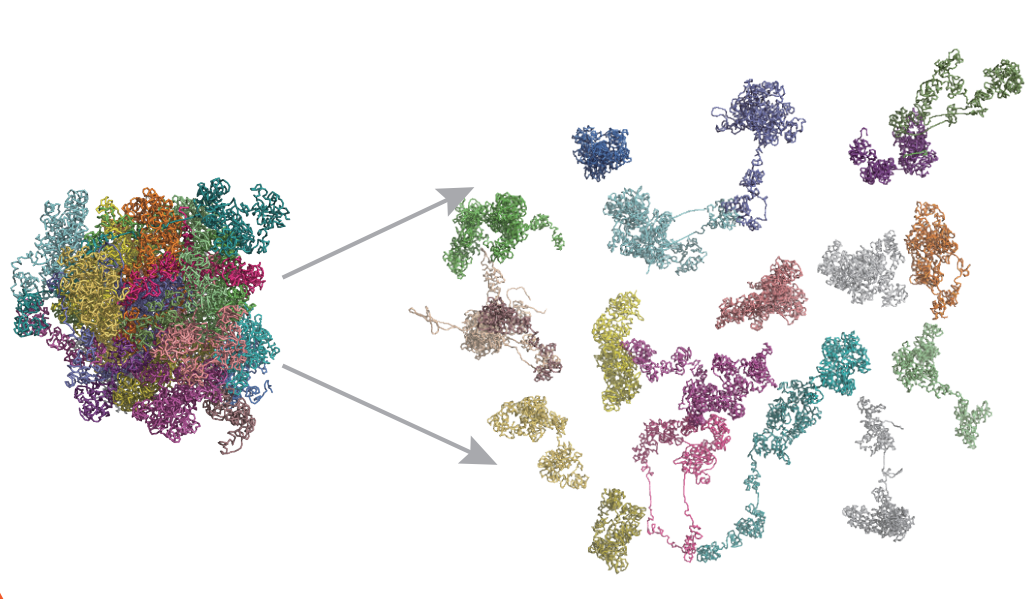Dr. Wu is a Principal investigator at Center for Precision Medicine Multi-Omics Research, Health Science Center, Peking University. Dr. Wu obtained his undergraduate training in life science from Beijing Normal University, Beijing, China, and his PhD in Bioinfromatics from Institute of Genetics and Developmental Biology, Chinese Academy of Sciences, Beijing, China. Afterwards, he served as a Research Fellow, Research Associate, and Research Scientist at Department of Data Science, Dana-Farber Cancer Institute, Boston, USA. Dr. Wu's laboratory focuses on biostatistical and machine learning algorithms for multi-omics data analysis and integration, as well as guide their applications in studying human development, aging, and diseases. Our research activities revolve around the following main areas: (1) 3D genome modeling to study gene epigenetic regulation and non-coding variance impact. (2) Machine learning algorithms and applications for single-cell multi-omics and spatial omics data analysis. (3) Multi-omics integration algorithms to predict key regulatory factors in various cellular processes.
Research interests
Single-cell 3D genome data software and algorithm development.

Single-cell 3D genome data software and algorithm development is crucial for understanding the spatial organization of the genome within individual cells. This technology allows researchers to map the three-dimensional structure of the genome at a single-cell resolution, providing insights into how the genome's spatial configuration influences gene regulation, cellular function, and differentiation. By developing advanced software and algorithms, scientists can process and analyze complex 3D genome data more efficiently and accurately, leading to discoveries in areas such as developmental biology, disease mechanisms, and personalized medicine.
Modeling 3D genome organization and its control of gene expression in stem cell differentiation and cancer progression

Mammalian genomes are organized into a hierarchy of local structures including topologically associating domains (TADs) and DNA loops. Disrupting the boundaries of such structures can lead to novel chromosomal interactions and ectopic long-range enhancer adoption, which interrupts key gene function. By using Hi-C, ChIA-PET and ChIP-seq data, we are able to precisely model the local structure of human genome and its impact in gene regulation. By using CRISPR screen with custom designed sgRNA library targeting the boundaries of such local structure, we could interrogate the mechanism of controlling gene expression through 3D genome organization.